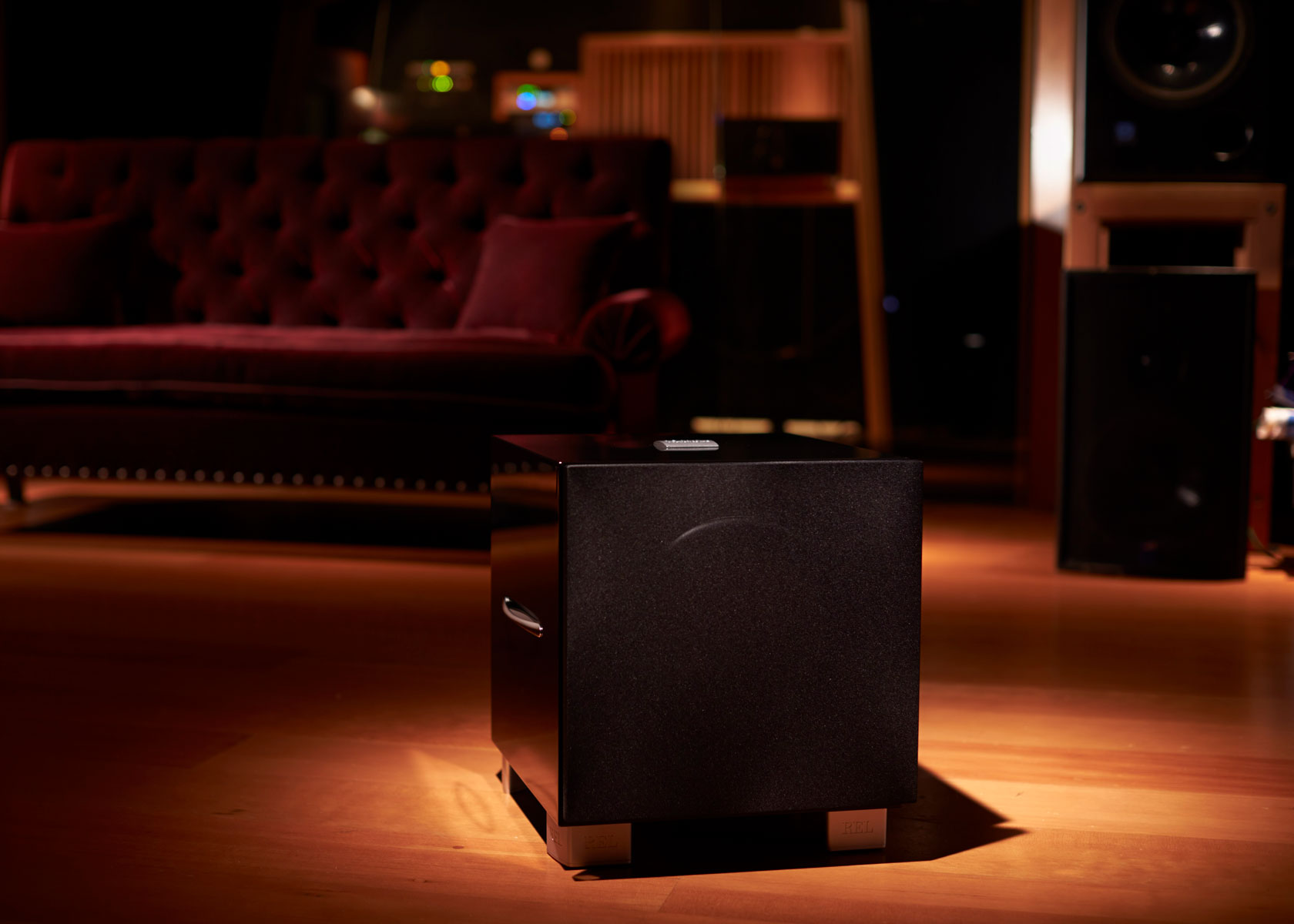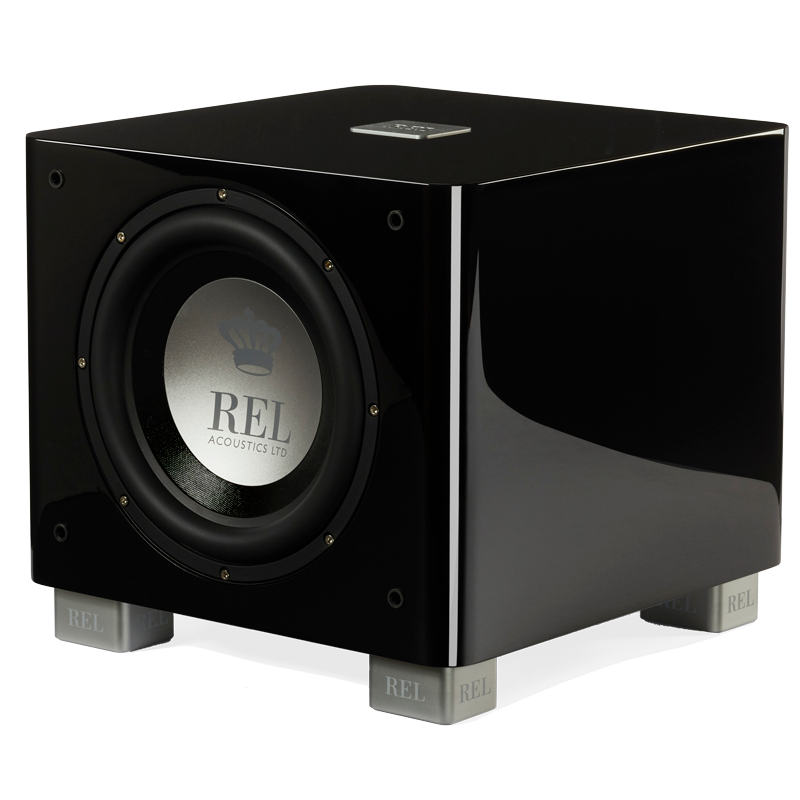Blog
Be A Theater Pro:
5 Tips To Build Theater Sound The Way the Pro’s Do It

When I say pro’s, I don’t necessarily mean installers or sales people working in stores—though we love all of those too, they work hard for a living. No, the real pro’s are the guys who make movie soundtracks; those responsible for converting a movie soundtrack into a home theater 5.1 track for Blu-ray. The engineers responsible for this are mastering engineers working in transfer studios. If you’re new to pro-grade theater—and most of our customers and dealers are–these master sound engineers create the equivalent to a 2-channel recording of live sound in a natural acoustic venue that we hold so dear. Their master tape is closest to the truth in theater, the experience the director envisioned.
In movies, 98% of all the sound you hear was added in after-the-fact. That we are rarely aware of this—that the sound appears to effortlessly represent what our eyes see as onscreen reality– is a testimony to the skill of these painstaking craftsmen and women. When transferring from actual big screen movie soundtrack to smaller-screen formatting for home use in the transfer studio, the final result is the closest thing to a reference that exists in the entire chain.
So, did you know that most professional transfer studios operate in 5.1 exclusively? Why? Because it’s the purest, hardest thing to get right. They know that if they layer on more channels and more pizazz, it will distract most listeners. Their job is to do service to the original movie, to the director’s intent and, just as with dedicated music recording engineers, the hardest way—the simplest, purest article is almost always superior.
OK, you say, they only have 5 main speakers and a sub. Big deal. Actually, it is. The way professionals define a Dolby channel is 5 speakers capable of producing 20 Hz FLAT at an average output of 105 DbA. There are precious few consumer loudspeakers under $200,000 per pair that will meet that specification. To accomplish this, extraordinary lengths are gone to. At the Saul Zaentz Film Center in Berkeley, CA who have been very generous with their time and education over the years, the 5 main (Westlake, I recall) speakers are built into concrete bunkers within the walls. And before we get any died-in-the-wool audiophiles turning up their noses at studio speakers, let me assure you the sound is extraordinary. Fluid, effortless, dynamic and utterly transparent in the way that only those of us who work around master tapes a lot will recognize. Sorry guys, once you’ve worked around original, uncompressed source material it’s a whole different game.
Ok, so they have 5 really fine main speakers–but I can’t do that, I don’t have access to the masters and I don’t own $30,000 pro monitors. No, but…the similarities to doing it properly in high end 2-channel and pro transfer studios are striking. Both seek to create the purest, most natural delivery of sound for their respective mediums. And if you own a REL you have a secret advantage because we can turn your loudspeakers into something much more like the full range bass those massive pro monitors deliver.
1st Tip – Hottest Tip of All:
God bless Ray Dolby and all of the talented men and women at Dolby Labs who insist to this day that every home theater processor—no matter if it is in a $299 Pioneer receiver or a $30,000 Datasat av processor–include the ability to produce Full Range from each channel in a 5.1 set-up.
Assuming you are not bent upon destroying the gear you love and possess a modicum of common sense, please set your main speakers—given the option ALL your speakers—to Full Range. The Dolby crew know that for theater to work properly at home or anywhere for that matter, Full Range from all 5 (or more) main channels is crucial to properly delivering the experience. In our experience, most high quality 6.5” (170mm) and larger can take advantage of this technique.
2nd Tip – Don’t Skimp:
Do not skimp on your center or your surrounds and while I am on my soapbox, stop buying crappy surround speakers from manufacturers who don’t understand this. There are enough good companies making quality and affordable surround speakers that produce a credible 60 Hz. When I see pointlessly incompetent surround speakers made with 2.5”–3” drivers whose manufacturers claim 60-90Hz but really deliver nothing below 120Hz it seriously pisses me off. Customers have a right to trust manufacturers and when designers engage in this sort of behavior, customers can and should boycott those designs.
3rd Tip – Center Placement:
Take extra care when setting up your center channel, please make sure it points virtually directly at the main/prime listening seat(s) for best results. Even an inch (25.4mm) of shelf sticking out in front of the center channel is enough to blur intelligibility. Make sure the front surface of your center is clear of every other surface.
4th Tip – The Big No-No:
Most soundtracks have perhaps 20% or less of the movie in which any signal at all is present on the .1/LFE channel when speakers are set to Large. This means for 80% of the movie, you effectively have no subwoofer. Since most folks don’t understand this they try to compensate by turning up the volume of the .1 channel. But since there is no signal present, this accomplishes nothing. In frustration, they turn the volume ALL the way up. Still no joy, but then the Big no-no happens. They finally put in a movie with outrageously over-boosted .1/LFE—Transformers (any of them), Ironman (ditto), etc. And then you hit pay dirt with some herculean blast of low bass (for the engineers among you, we consistently measure +16Db above a nominal average loud listening level). Finally, there is actual signal present at very high levels and the result is blown subwoofer drivers.
The simplest trick to ensure this never happens to you is, once you feel comfortable with the system and BEFORE you start in with the blockbusters, unplug the main speakers (make sure to put a piece of tape over the connector so nothing shorts out). Now you’ll be able to hear what the sub is, or is not doing. Once you have a feel for the content re-connect your main speakers. Run a torture test track, slowly increasing the gain of the .1 channel until it properly supports the loudest, baddest .1 track you know of (a good starting point is Chapter 14 of Ironman 1). Run the whole system up to as loud as you feel comfortable and set the level of the sub just below distortion. Now, you know that barring a track even more insanely loud, you are covered against all circumstances and should be safe.
5th Tip – Really, It Works:
Finally, a self-serving pitch for those of us running REL’s using High Level (all this does is create the equivalent of those big full range professional speakers we talked about earlier for a fraction of the price) and concurrently run the .1 channel set per the instruction above in The Big No-No. Add another REL for center channel support and a third unit to support the surround speakers and you will finally have the least expensive way to replicate what occurs on transfer stages every day. We call it REL 3-D. Now, you will finally be able to hear what Dolby and 25 years of transfer engineers have known. Full range, all channels. It’s amazing. And it’s free.
To read more about Theater Setup. Please visit our Deep Dive into REL 3-D











